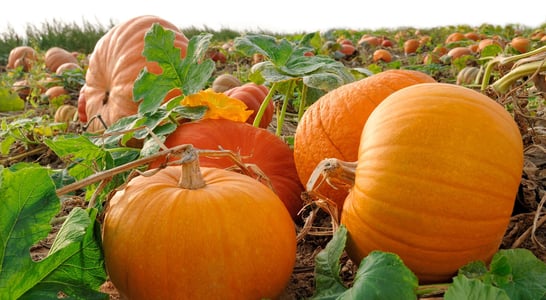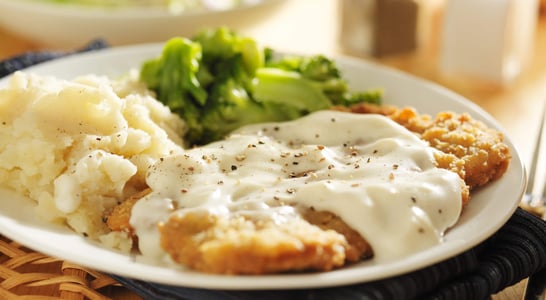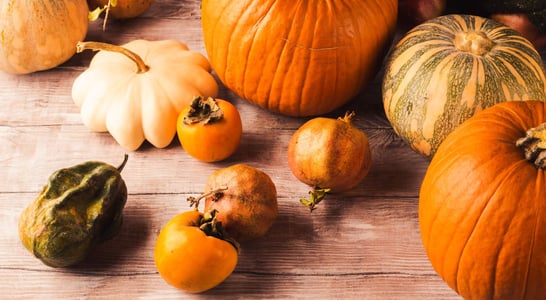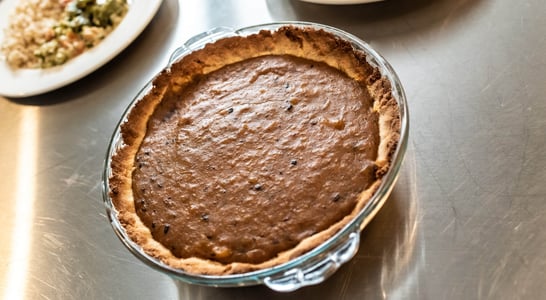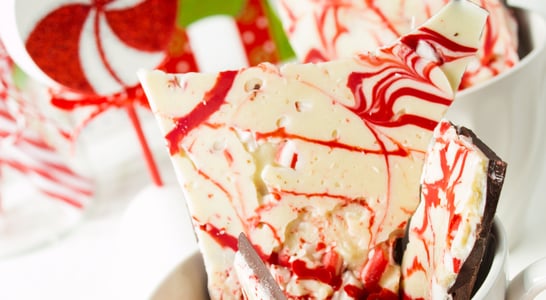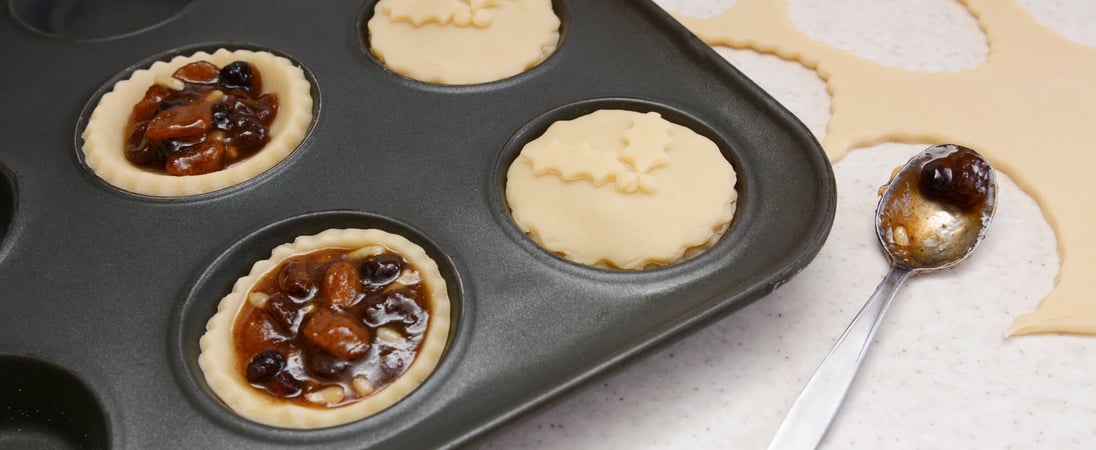
National Mincemeat Day
Crafted from a blend of fruits and spices, it's like a flavorful burst of nostalgia in every bite - a true winter classic.
Mincemeat can be a confusing term for those who are unfamiliar with it, and sometimes even confusing for those who are.
Mincemeat is a mixture of diced fruit, meat, and distilled spirits that are often used as a pie filling, but even this term isn’t always accurate. These days it isn’t unusual to find mincemeat that doesn’t contain meat, or contains beef suet rather than vegetable shortening.
It’s a popular filling for pies all over the world, being particularly popular in Australia, Canada, Ireland, South Africa, the UK, and the USA, just to name a few.
How to Celebrate National Mincemeat Day
Unsurprisingly the best way to celebrate mincemeat day is to consume mincemeat! Talk to your friends and family and see who’s familiar with this wonderful concoction, and see if they can dig up some family recipes for the preparation of the dish.
Get together and have a wonderful party where everyone brings their favorite dish.
Just to get you started, here’s a recipe heralding back from the 16th century, translated into modern English for your convenience. Going to have to take some challenges with this one, they weren’t big on precise measurements.
16th century Mincemeat
Pie filling of mutton or beef must be finely minced and seasoned with pepper and salt and a little saffron to
From A Propre new booke of Cokery, 1545color it. Add a good amount of suet or marrow, a little vinegar, prunes, raisins and dates. Put in the fattest of the broth of salted beef. And, if you want Royal pastry, take butter and egg yolks and combine them with flour to make the paste.
If you’re looking for something a bit more modern, but still with a traditional air, try this 19th century recipe:
Ingredients:
- 2 lbs raisins
- 3 lbs currants
- 1½ lbs lean beef
- 3 lbs beef suet
- 2 lbs moist sugar
- 2 oz citron
- 2 oz candied lemon peel
- 2 oz candied orange peel
- 1 small nutmeg
- 1
pottle of apples - the rind of two lemons, the juice of one
1/2 pint brandy
Directions:
Stone and cut the raisins once or twice across, but do not chop them; wash, dry and pick the currants free from stalks and grit, and mince the beef and suet, taking care the latter is chopped very fine; slice the citron and candied peel, grate the nutmeg, and pare, core and mince the apples; mince the lemon peel, strain the juice and when all the ingredients are thus prepared, mix them well together, adding the brandy when the other things are well blended; press the whole into a jar, carefully exclude the air, and the mincemeat will be ready for use in a fortnight from Mrs Beeton’s Book of Household Management
History of National Mincemeat Day
While the origin of mincemeat isn’t precisely known, it is known that it comes to us from at least as early as the 15th century, where recipes and stories of it have been recovered.
National Mincemeat Day celebrates the long history of this filling, and serves to encourage experimentation in recipes old and new alike. If you’re one of the unfortunates who’ve never had mincemeat, National Mincemeat Day would be a perfect opportunity to broaden your palette.
Be prepared for something of an unusual experience, however. Mincemeat contains spices not commonly associated with either meat or sweeter treats, with clove, nutmeg, mace, and cinnamon being particularly popular additions.
Combined with a blend of flavors such as wine, vinegar, or distilled spirits, you start getting into something that, while delicious, is decidedly off-kilter from most peoples culinary experiences.
National Mincemeat Day FAQs
What unusual ingredients did historical mincemeat recipes include?
Early mincemeat recipes featured meats like mutton, goose, and even lamb testicles. These savory components combined with fruits and spices to create a hearty pie filling.
How did mincemeat pies become associated with Christmas traditions?
Mincemeat pies evolved from medieval meat preservation methods. Over time, they became a festive treat during Christmas, symbolizing the season’s abundance.
Why were mincemeat pies banned in 17th-century England?
During the 17th century, Puritan authorities in England banned mincemeat pies, viewing them as decadent and linked to Catholic traditions. This prohibition aimed to suppress festive celebrations.
What role did mincemeat play during Prohibition in the United States?
During Prohibition, some mincemeat recipes included alcohol, leading to their popularity as a subtle way to consume spirits. The alcohol acted as a preservative and added flavor.
How is mincemeat used in modern vegetarian and vegan diets?
Contemporary mincemeat often omits meat, using ingredients like apples, raisins, and spices. Vegetable suet or oils replace animal fats, making it suitable for vegetarian and vegan diets.
What are some myths associated with eating mincemeat pies during the holidays?
A superstition suggests that eating a mince pie on each of the twelve days of Christmas brings good luck for the coming year. This tradition highlights the pie’s festive significance.
How did mincemeat recipes vary between social classes in Victorian England?
In Victorian England, wealthier households added expensive spices and dried fruits to their mincemeat, while working-class families used simpler, more affordable ingredients.
This distinction reflected social and economic differences.
What is the significance of the spices used in traditional mincemeat?
Spices like cinnamon, cloves, and nutmeg in mincemeat were once rare and expensive, symbolizing wealth and status. Their use showcased a family’s prosperity during festive occasions.
How did mincemeat pies influence political sentiments in colonial America?
In colonial America, mincemeat pies became a symbol of resistance against Puritanical austerity. Enjoying these pies during banned festivities was an act of defiance and a statement of cultural identity.
What are some unique regional variations of mincemeat pies around the world?
In New England, mincemeat pies often include venison, reflecting the region’s hunting traditions. In contrast, Australian versions might feature tropical fruits, adapting the recipe to local tastes and ingredients.
See what else is happening…
There’s always more going on every month at Days Of The Year. Here are our favorites this month!
Also on ...
View all holidaysNational Pumpkin Day
Round and orange, they bring fall to life with their vibrant hue and make for the perfect canvas for all your creative carving ideas.
National Chicken Fried Steak Day
Savor the ultimate comfort food that's crispy on the outside and tender on the inside, perfect with creamy mashed potatoes and rich gravy.
We think you may also like...
National Apple Turnover Day
Delicious cooked apple filling wrapped in a flaky, delicate puff pastry and drizzled with sweet frosting: indulge your taste buds in an apple turnover.
